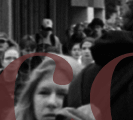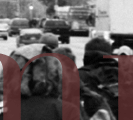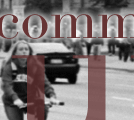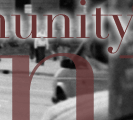 |
||||
      |
||||
|
It was 1947. The skies were As early as the mid-1800s, the state of Wisconsin became a desirable destination for many Italian immigrants. Inexpensive land, economic opportunity, industrial jobs and a free political and religious environment were just a few of the reasons for the rush of immigration. As newcomers to America, many ethnic groups tended to bunch together in certain areas of Wisconsin and create a community of their own. These communities included the Irish in Sheboygan County, Germans in Ozaukee County and Polish immigrants in Milwaukee’s south side, to name a few. According to the Milwaukee County Historical Society, Italians primary settled in two areas in the city. The immigrants from northern Italy clustered near the Bay View area on the south shore. A larger number of southern Italians, primarily Sicilians, dominated the Third Ward, just south of downtown Milwaukee. “When I came to Milwaukee, my father already owned property on the east side of Milwaukee on Jackson Street,” said Dentice. “The neighborhood, we were all Italians. I met some kids that came the same time I did from Sicily who I hadn’t known before; they lived three, four doors down from me. We found out that this place in Milwaukee called the Third Ward was another big Italian and Sicilian neighborhood, and there was another group of kids out there, so we started communicating with them and played a lot of soccer.” In these distinct communities, the ethnic groups were able to preserve not only their culture, but their language, customs, traditions and even their businesses. Ethnic groups had the opportunity to open their own grocery stores, manufacturing companies or become retailers or wholesalers of fruit, vegetables, wine and other products. “On my block there were two Italian grocery stores and a butcher shop. The next block, another two Italian grocery stores and another butcher shop. All of the owners came mostly from Sicily,” said Dentice. When Dentice’s father came to Milwaukee a year before Dentice arrived, he was planning for his family to go into the produce business in Wisconsin. In 1948 his family was able to purchase a truck to make deliveries and develop a successful produce company. Dentice worked for his father from the beginning and dealt with every nationality. He started delivering to small villages near Milwaukee, including Shorewood, Whitefish Bay and Wauwatosa, and eventually made trips to northern Wisconsin and Upper Michigan.
|
||||
| Predominant immigrant settlements in Wisconsin during the mid-1800s | |||||
|
|||||
|
|||||

